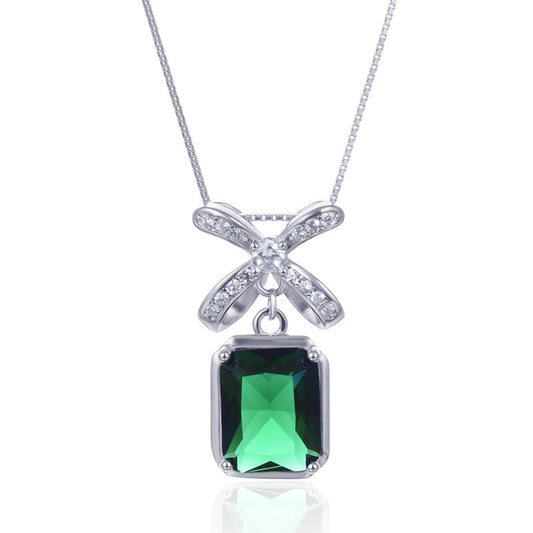How Long Has International Women's Day Existed?
As the world commemorates International Women's Day, it's worth reflecting on the rich history and significance of this global celebration. Marking more than a century of existence, International Women's Day (IWD) has been a rallying point for the advancement of women's rights and equality.
The journey of IWD began in the early 20th century amidst the ferment of socialist and labor movements. It was first proposed in 1910 by Clara Zetkin, a German socialist and feminist, at the Second International Conference of Working Women in Copenhagen. Zetkin suggested that a special day be set aside to press for women's suffrage and to celebrate their economic, political, and social achievements. The proposal was met with enthusiasm and was soon endorsed by over a million people, including women and men, who called for equal rights and an end to discrimination.
Initially, IWD was observed as a day of protest, with women taking to the streets to demand voting rights, better working conditions, and an end to sexual discrimination. The first official celebration took place in 1911, with rallies and demonstrations held in Austria, Denmark, Germany, and Switzerland. These early celebrations were often marked by police brutality and violence, as authorities sought to quell the growing demand for women's equality.
Despite the challenges, the movement gained momentum, and by 1913, IWD had become a recognized international event, with women in many countries participating in strikes, protests, and public meetings. The following year, in 1914, the date of March 8th was officially adopted as International Women's Day, solidifying its place in the global calendar.
The outbreak of World War I in 1914 brought a halt to many of the organized activities associated with IWD, as women's efforts turned towards supporting the war effort. However, the war also saw women taking on new roles and responsibilities, further highlighting the need for equality and recognition of their contributions.
In the decades that followed, IWD continued to grow in significance, becoming a platform for advocating women's rights on a global scale. The United Nations (UN) officially recognized IWD in 1975, declaring it a day for celebrating the achievements of women and calling for greater equality and opportunity. This recognition gave IWD a new level of legitimacy and visibility, sparking a renewed focus on women's issues worldwide.
Today, IWD is celebrated in countries across the globe, with events ranging from cultural performances and festivals to marches and rallies. The day is also used as an opportunity to highlight the progress made in achieving gender equality and to call for further action in areas where disparities still exist.
The theme of IWD varies each year, focusing on different aspects of women's empowerment and equality. Past themes have included "Women in Decision-Making," "Women and Climate Change," and "Press for Progress." These themes serve to highlight the diverse challenges and opportunities facing women today and to mobilize support for addressing them.
In conclusion, International Women's Day has existed for over a century, serving as a powerful reminder of the importance of gender equality and women's rights. From its humble beginnings as a day of protest, IWD has evolved into a global celebration that brings together people from all walks of life to champion the cause of women's empowerment. As we mark another year of this significant event, it is clear that the fight for gender equality is far from over, but the progress made thus far is a testament to the resilience and determination of women worldwide.








